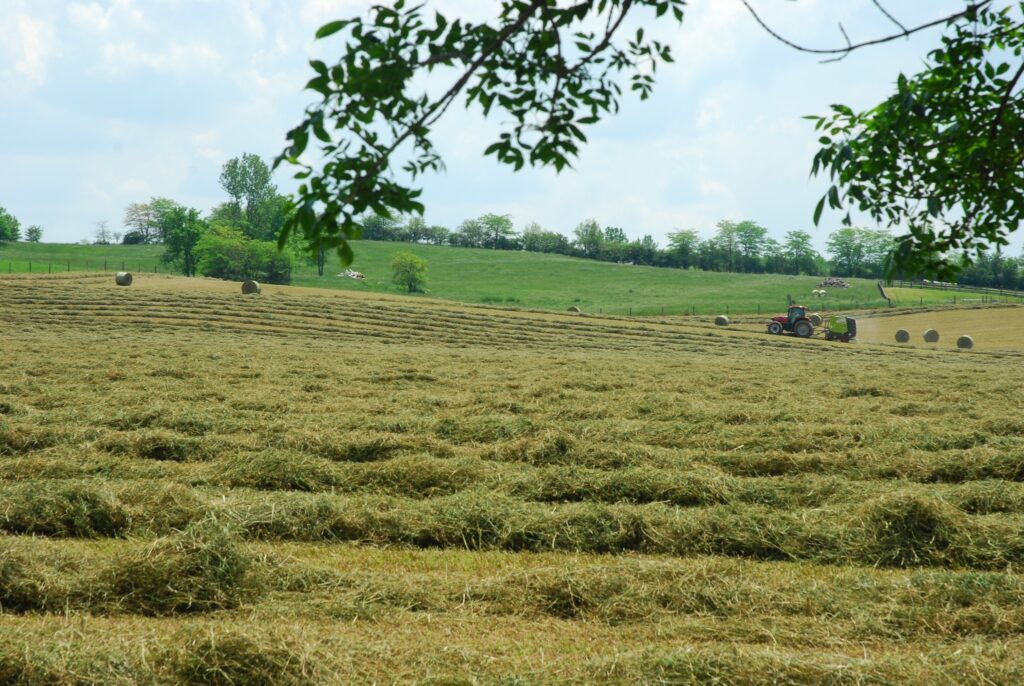
With 41 of Ohio’s counties having undergone a valuation update, many people are
going to see a difference in their property value. Even though CAUV offers significant
property tax savings for Ohio’s agricultural land, many still may have an abundance of
questions.
The value of a house is based off of what a willing buyer and a willing seller would sell it
for in an open market BUT agricultural land is different – CAUV is based solely on the
agricultural production value of the land.
CAUV is an extremely beneficial program in terms of tax savings for farms. Even back
in 2014, when CAUV values were at their highest levels, the property tax value of farm
land was around 50% of actual market value.
Farm Bureau had a hand in helping to change some of the way CAUV is calculated.
The purpose of CAUV is to follow the farm economy and value that land at its
agriculture production value. Therefore, instead of following the entire market, they are
able to look more at just what our farms are dealing with and trying to value the land
accordingly. However despite these reforms and the resulting savings, farm property
taxes are likely heading higher for those in the 41 counties being reassessed this year.
Ohio law does provide a property tax limitation, also known as the 920 effect, which will
contribute to an adjustment in your tax rate. The main goal of the 920 effect is to
prevent inflationary increases and windfalls from property tax collection by limiting the
amount of money that most levies collect to the same amount the levy raised in the first
year.
If you have questions or are interested in finding out more about Summit County’s
CAUV rates, be sure to join us for an informational seminar:
CAUV (Current Agricultural Use Valuation)
Saturday, February 10th at 9:30 AM
Dayton Nursery’s Owl Barn
3459 S. Cleve-Masln Road, Norton 44203
An overview of the CAUV program, get your questions answered.
Presented by Corey Linke and Jesse Hobbel from Summit County Fiscal Office
Information gathered from Ohio’s Country Journal